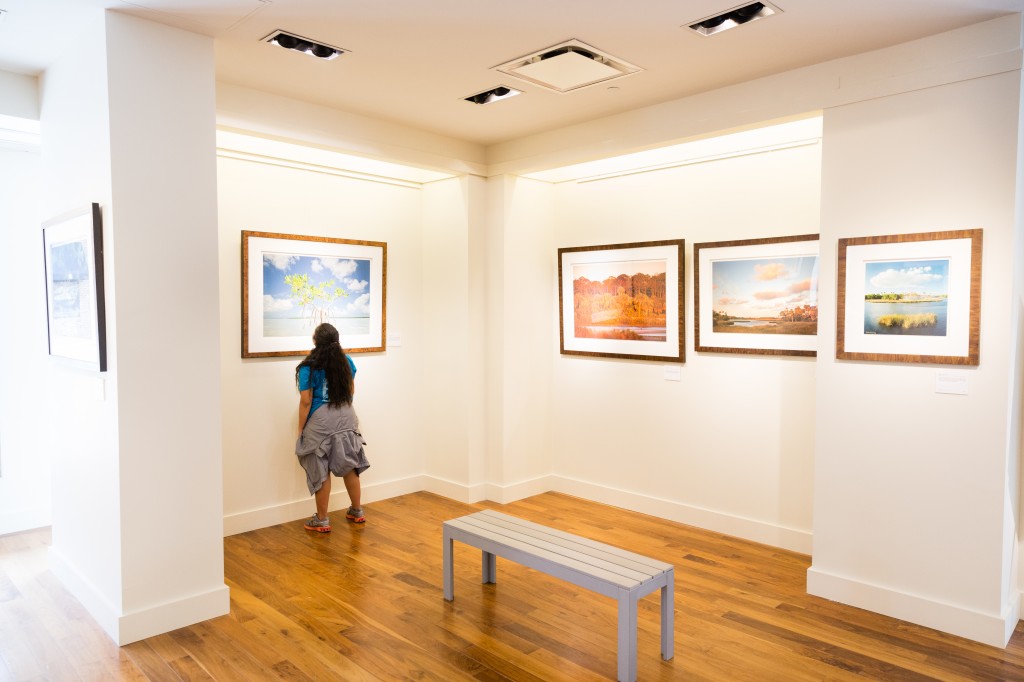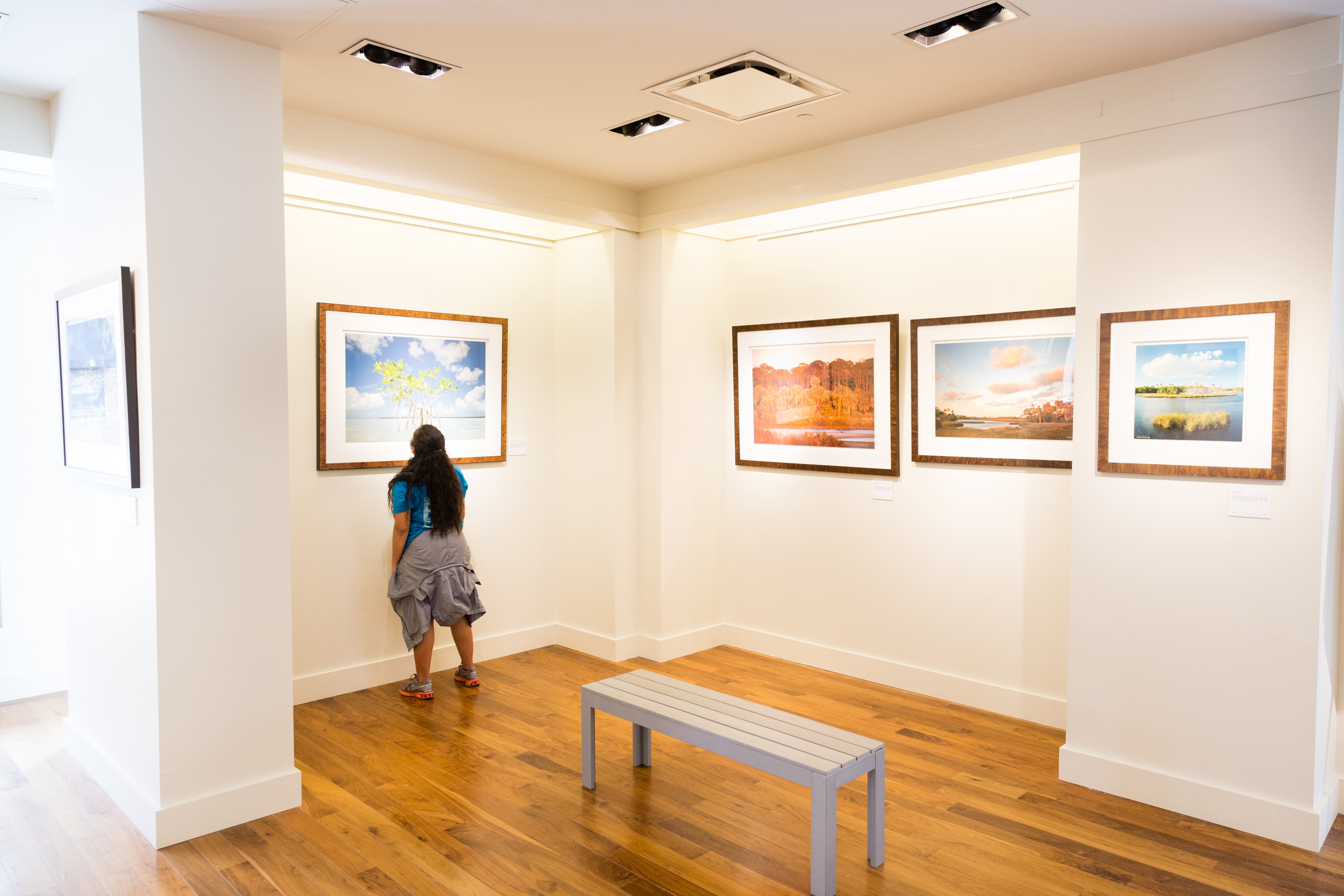 What are you passionate about? What drives you? All of these questions boil down to finding something that burns beneath our surface, which British author Rebecca West defines as, “…the soul’s duty to be loyal to its own desires. It must abandon itself to its master passion.”
What are you passionate about? What drives you? All of these questions boil down to finding something that burns beneath our surface, which British author Rebecca West defines as, “…the soul’s duty to be loyal to its own desires. It must abandon itself to its master passion.”
Many have yet to find that fire inside of them, but some have, and they are utilizing that very heat to fuel passion in others. This is the goal of the Nov. 14 Rollins Immersion: Citizens Take Action to Savanah, GA, where students will help others become in touch with their history and art. Facilitators Meghan Wallace ‘17, Travis Ray, and Emily Knafl ‘15 hope to answer the question: How can art improve lives for everyone, and how is it relative to the community as a whole?
“It is an opportunity for students to get some hands on experience in different ways. The arts community collaborates with the rest of the surrounding community,” Ray said.
The team anticipates working closely with community partners Morning Star Cultural Arts group and the Telfair Museum of Arts. The team also hopes to look at art festivals with educational components as part of the experience. Wallace emphasizes that these activities are not only for the people of Savannah, but also by the people of Savannah. The community is helping itself grow through the arts.
Participants in the Immersion will also host a section at the Children’s Literature festival. Further, through an oral history program, students will also explore the vibrant history of Savannah. By engaging in these activities students will connect literature and art to a larger community context. The Literary Festival is expected to host big name authors such as Lois Lowry, author of The Giver, and provides students the opportunity to take part in an impactful and large reaching initiative. On Sunday Nov. 16, Rollins students will volunteer at the art festival hosted by Telfair. The facilitators stayed in contact with Telfair and Morning Star to ensure their involvement. As with all Immersions, facilitators organize them as extensions of their own passions. This is why Immersions are such genuine, unique and diverse opportunities.
The impact area of the Immersion is focusing on “how art can improve lives for everybody.”
Originally, this Immersion aimed to focus on art therapy, looking at art on a personal level, fusing interests in medicine, psychology and art. However, there were limitations involved with such a field study, specifically pertaining to confidentiality issues, or community partners not being available on weekends. Thus the interest expanded to art and the community. Wallace ‘17 noted varying art programs and organizations that work with at risk youth, senior citizens, and other demographics touching lives in different ways. This inspired the facilitators to ask: how can art serve the community?
Ray said we can answer this question in a few ways such as the enrichment of our lives. He hopes to do so through the service of the Immersion.The facilitators also sought to explore,“how artists can help the community, but also how the community helps the artists.” Both community programs that Rollins will be working with interacts with artists and the community. The Immersion does not just cater to Art Majors, but to all art enthusiasts alike, calling students to come out and take part in sharing and exploring art within the community. Wallace ‘17 reminds us that they hope to take what is gained from the experience and bringing it back to Orlando and Winter Park. This way, we can even look to Rollins itself and see how vibrant our arts. CFAM provides an excellent example of arts on campus, and its most recent exhibit of how art creates dialogue, the theater, and the music department. Taking those in-class components that many of us may learn and branching outward to experience and become hands on outside the classroom.
Photo courtesy of Rollins Flickr







Be First to Comment